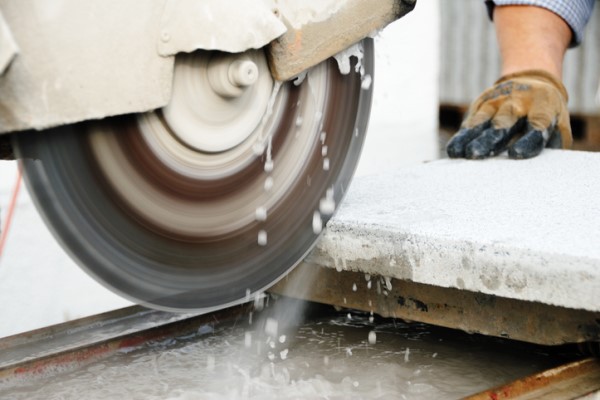Industry welcomes engineered stone ban but highlights more work needed

Industry has welcomed the engineered stone ban following an announcement by the federal government. Sadly, it will not end the scourge of silicosis among Australian workers.
AWU national secretary Paul Farrow has pointed out that much more reform is needed to stop workers from being exposed to deadly silica dust.
“It’s fantastic that engineered stone has been banned, but also vital to maintain perspective. There are some 4000 stonemasons in Australia, but around 600,000 workers who are exposed to silica dust,” Paul says.
“Unfortunately, for most of this 600,000, there can be no ban on the materials that expose them to silica in industries such as construction, tunnelling, quarrying, mining, road work and more. So reform is more complex, but no less important.”
Paul says that we first need to strengthen the Work Health and Safety Act to provide a clear definition for high-risk silica work and introduce strong provisions for working around the hazard.
This requires state governments to deliver on necessary changes and roll out the changes in their jurisdictions.
“Right now, tunnelling companies often go out of their way to stop our officials from monitoring dust on site. They’ve regularly sent workers into tunnels with poor ventilation and dangerous levels of dust. That must end,” Paul says.
